Deck & Commander Strategies

Ob Nixilis, the Fallen
The deck revolves around landfall triggers. It aims to play multiple lands per turn, triggering Ob Nixilis's ability to deal damage to opponents and grow in power.
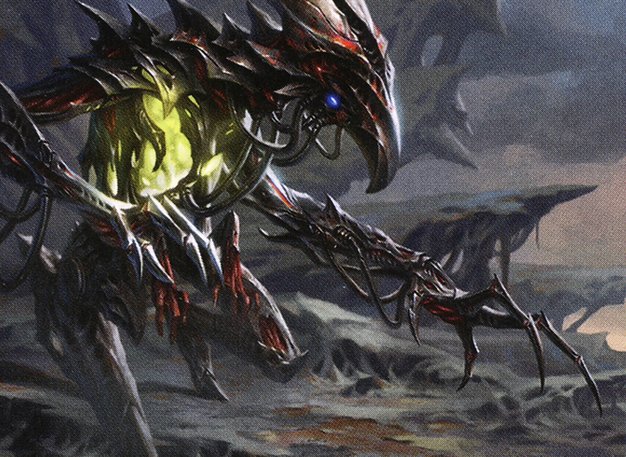
Brudiclad, Telchor Engineer
This deck focuses on creating a large number of tokens, then using Brudiclad's ability to turn all tokens into copies of the most powerful one on the board.
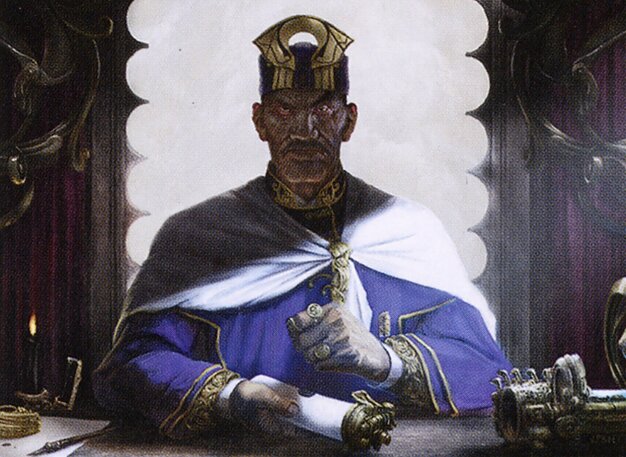
Kambal, Consul of Allocation
The strategy involves draining life from opponents whenever they cast noncreature spells, providing a steady source of damage and life gain.

Hallar, the Firefletcher
Hallar's deck strategy utilizes +1/+1 counters and kicker mechanics, aiming to cast spells with kicker to trigger Hallar's ability to deal damage to each opponent.
Gameplay Insights
- 1
Steven's choice to add only a single color to his Ob Nixilis deck, focusing on landfall triggers, proved to be a solid strategy.
- 2
Jeremy's Brudiclad deck showcased the power of token duplication, particularly when combined with powerful cards such as Helm of the Host.
- 3
Justin's Hallar deck demonstrated the potential of kicker mechanics when combined with effects that manipulate +1/+1 counters.
Notable Cards
-
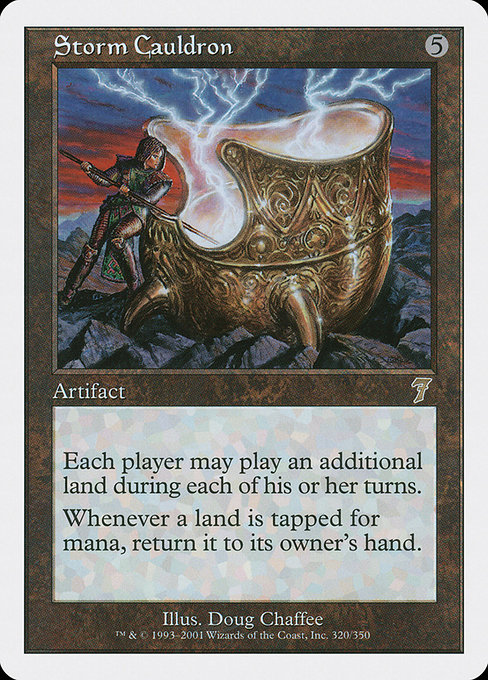
Storm Cauldron
-
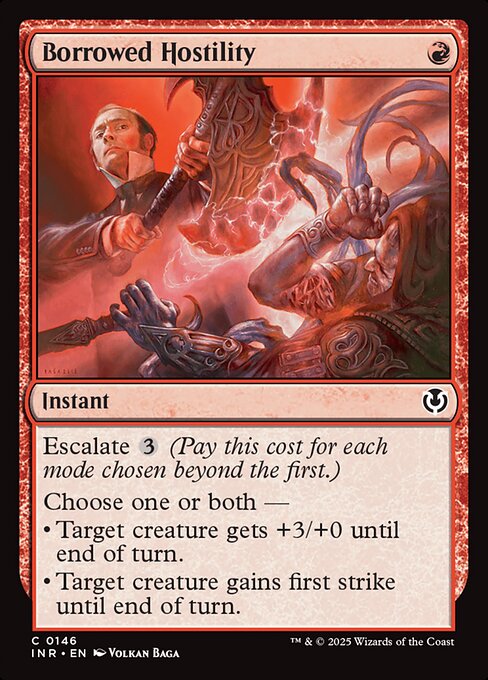
Borrowed Hostility
-
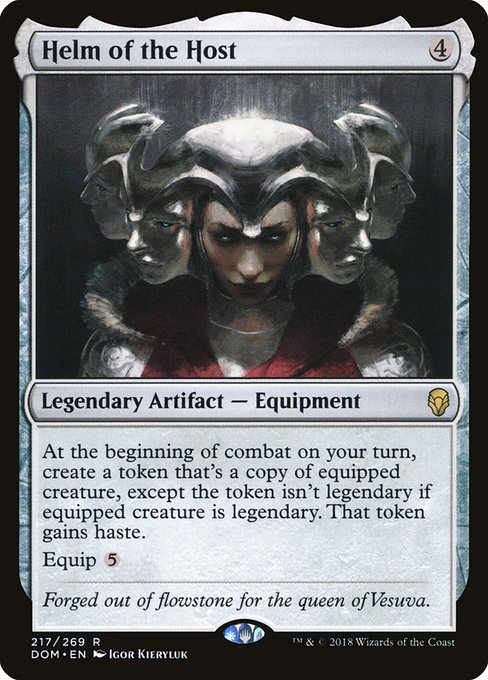
Helm of the Host
-
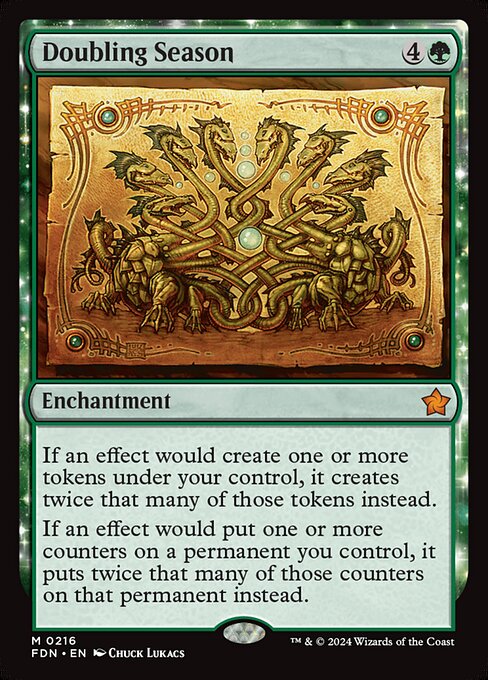
Doubling Season
-
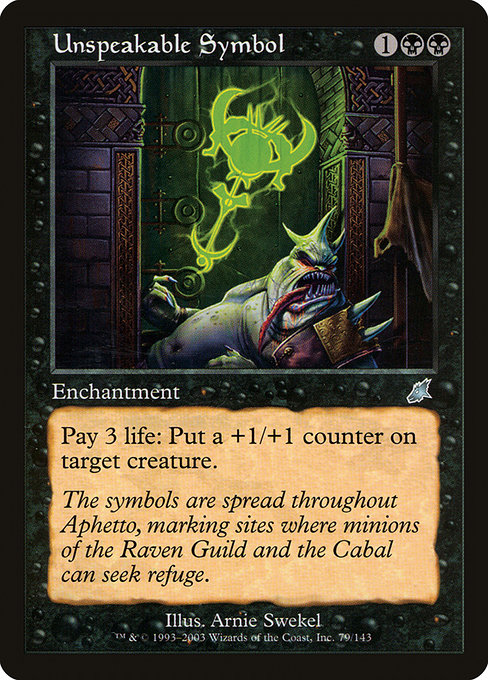
Unspeakable Symbol
-
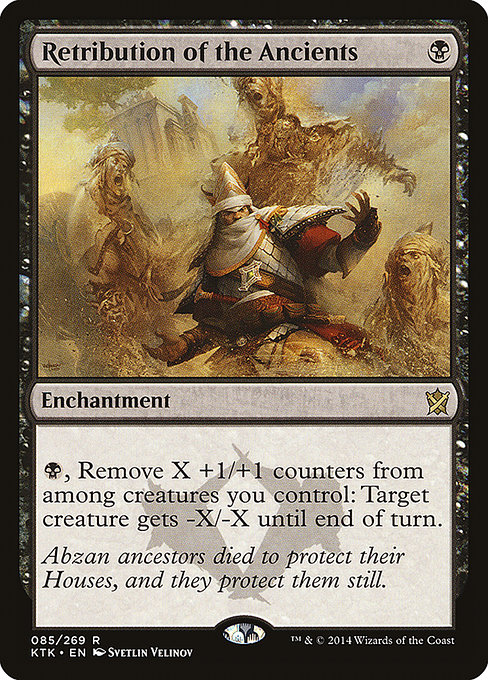
Retribution of the Ancients
-
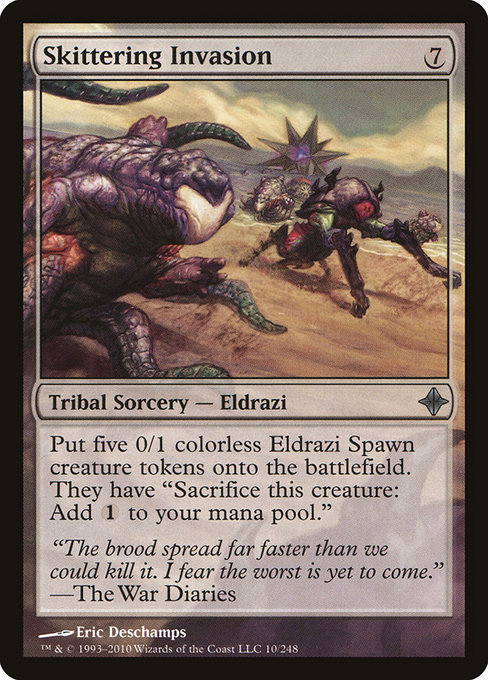
Skittering Invasion
Gameplay Summary
The game featured a variety of commanders with unique strategies.
Ob Nixilis, the Fallen deck focused on landfall triggers to deal damage and boost its power.
Brudiclad, Telchor Engineer showcased a token strategy, creating numerous copies of powerful tokens to overwhelm opponents.
Kambal, Consul of Allocation took advantage of life drain mechanics.
Hallar, the Firefletcher utilized +1/+1 counters and kicker mechanics to deal damage.
The game was marked by various strategic decisions and powerful plays, with each player attempting to push their unique game plans to victory.
![Commander VS S14E4: Hallar VS Kambal VS Brudiclad VS Ob Nixilis [EDH] thumbnail](https://i.ytimg.com/vi/jRld6Avk_R0/maxresdefault.jpg)






![Commander VS S5E2: Gonti vs Rashmi vs Depala vs Kambal [MTG Multiplayer] thumbnail](https://i.ytimg.com/vi/_F3J0UWKyac/sddefault.jpg)














![Commander Adventures # 23 - Adeliz v. Athreos, Shroud Veiled v. Tuvasa v. Hallar [EDH GAMEPLAY] thumbnail](https://i.ytimg.com/vi/1jOwKaH8sno/sddefault.jpg)




















